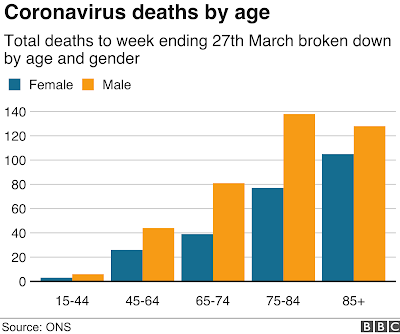A study was done to quantify the risk of death among people with rare autoimmune rheumatic diseases (RAIRD) during the UK 2020 COVID-19 pandemic compared with the general population, and compared with their pre-COVID risk. In this article, we explain the importance of this research.
1. Connective tissue disorders: Lupus, scleroderma, myositis, primary Sjögren’s syndrome.
2. Systemic vasculitis: ANCA-associated vasculitis, giant cell arteritis, Takaysu’s Arteritis and Behcet’s disease.
Researchers from the University of Nottingham, Division of Epidemiology and the National Disease Registration Service at Public Health, England, conducted a study to quantify the risk for death in people with RAIRD during the COVID-19 pandemic.
Data from 168,691 people was collected. These people had a diagnosis of RAIRD and were alive on March 1, 2020. The general population mortality rates were accessed from the Office of National Statistics.
The research showed that in March and April 2020 in the UK the risk of death among people with RAIRD :
- increased more than it did among the general population.
- increased from the age of 35, rather than 55
- was not reduced by being female, as it does in the general population with COVID (see image below)
Dr Fiona Pearce, study co-author, said: “People with rare diseases often have poorer health outcomes generally, so we wanted to find out what impact the pandemic had. We now know that during the early months of the pandemic, people with these diseases were more likely to die than the general population.”
SOURCES:
Risk of death among people with rare autoimmune diseases compared to the general population in England during the 2020 COVID-19 pandemic. PMID: 33271595 DOI: 10.1093/rheumatology/keaa855
The Rare Autoimmune Rheumatic Disease Alliance (RAIRDA)



No comments:
Post a Comment